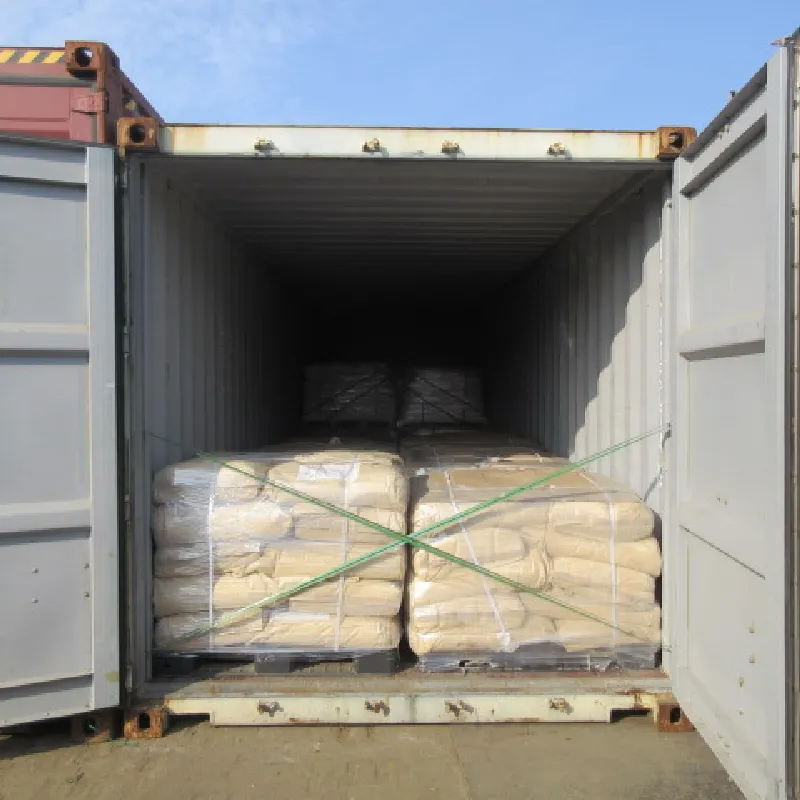
Exploring the Uses and Controversies Surrounding E471 Food Additive in Modern Food Production
Understanding E471 The Multifaceted Food Additive
E471, commonly known as mono- and diglycerides of fatty acids, is a widely used food additive that serves multiple functions in the food industry. As a food emulsifier, E471 plays a pivotal role in enhancing the texture, stability, and shelf life of various food products. This article delves into the characteristics, applications, safety, and production of E471, providing a comprehensive overview of this essential food additive.
What is E471?
E471 is derived from glycerol and fatty acids, which can be sourced from both animal and vegetable fats. This versatility allows manufacturers to tailor E471 to meet different dietary requirements and preferences. In its chemical composition, mono- and diglycerides possess one or two fatty acid chains attached to a glycerol backbone, enabling them to interact with both water and oil. This characteristic makes E471 an effective emulsifier, facilitating the blend of ingredients that typically do not mix well, such as oil and water.
Applications in Food Products
E471 is utilized in a variety of food products, showcasing its multifunctionality. It is commonly found in baked goods, margarine, ice cream, and processed cheese, where it helps to improve texture and facilitate the mixing of ingredients. In baked goods, E471 enhances moisture retention, ensuring a longer shelf life and fresher taste. Its role in ice cream production involves stabilizing the mixture and creating a creamier texture. Furthermore, it is employed in salad dressings and sauces to maintain a consistent emulsion, preventing the separation of oil and vinegar.
Aside from its emulsifying properties, E471 can also act as a thickening agent and improve the dispersion of ingredients, making it valuable in products like powdered mixes and condiments. Its utility spans across both commercial food production and home cooking, illustrating its importance in modern culinary practices.
e471 food additive

Safety and Regulatory Status
E471 is regarded as safe for consumption by various food safety authorities, including the Food and Drug Administration (FDA) and the European Food Safety Authority (EFSA). These organizations have established acceptable daily intake levels based on extensive research and analysis. However, consumers with specific dietary restrictions, such as those adhering to vegan or vegetarian diets, should be aware that E471 can be derived from animal fats. As a result, it is essential for food manufacturers to label products clearly, allowing consumers to make informed choices.
Production Process
The production of E471 involves the controlled reaction of glycerol with fatty acids, typically through hydrolysis and esterification. This process results in a mixture of mono- and diglycerides, which can then be refined and standardized to meet industry specifications. The sourcing of fatty acids can vary, with many manufacturers opting for vegetable oils to cater to the growing demand for plant-based products.
Conclusion
E471 is more than just a food additive; it is a crucial component that enhances the quality and stability of a wide range of food products. From improving texture to prolonging shelf life, its emulsifying properties make it an invaluable asset in the food industry. While E471 is deemed safe by regulatory agencies, consumers should remain vigilant about ingredient sourcing, especially those with dietary preferences or restrictions. As the food industry continues to evolve, understanding additives like E471 will empower consumers to make better-informed choices about the products they consume.
-
nitrile-rubber-honoring-strict-production-standardsNewsAug.22,2025
-
aspartame-ingredients-honoring-food-safety-valuesNewsAug.22,2025
-
fertilizer-for-balanced-plant-nutritionNewsAug.22,2025
-
cyanide-gold-processing-with-high-purity-additivesNewsAug.22,2025
-
formic-acid-in-textile-dyeing-applicationsNewsAug.22,2025
-
aluminum-hydroxide-gel-in-skincare-productsNewsAug.22,2025
-
Regulatory Compliance for Global Mining Chemicals UseNewsAug.12,2025
Hebei Tenger Chemical Technology Co., Ltd. focuses on the chemical industry and is committed to the export service of chemical raw materials.
-

view more DiethanolisopropanolamineIn the ever-growing field of chemical solutions, diethanolisopropanolamine (DEIPA) stands out as a versatile and important compound. Due to its unique chemical structure and properties, DEIPA is of interest to various industries including construction, personal care, and agriculture. -

view more TriisopropanolamineTriisopropanolamine (TIPA) alkanol amine substance, is a kind of alcohol amine compound with amino and alcohol hydroxyl, and because of its molecules contains both amino and hydroxyl. -

view more Tetramethyl Thiuram DisulfideTetramethyl thiuram disulfide, also known as TMTD, is a white to light-yellow powder with a distinct sulfur-like odor. It is soluble in organic solvents such as benzene, acetone, and ethyl acetate, making it highly versatile for use in different formulations. TMTD is known for its excellent vulcanization acceleration properties, which makes it a key ingredient in the production of rubber products. Additionally, it acts as an effective fungicide and bactericide, making it valuable in agricultural applications. Its high purity and stability ensure consistent performance, making it a preferred choice for manufacturers across various industries.





